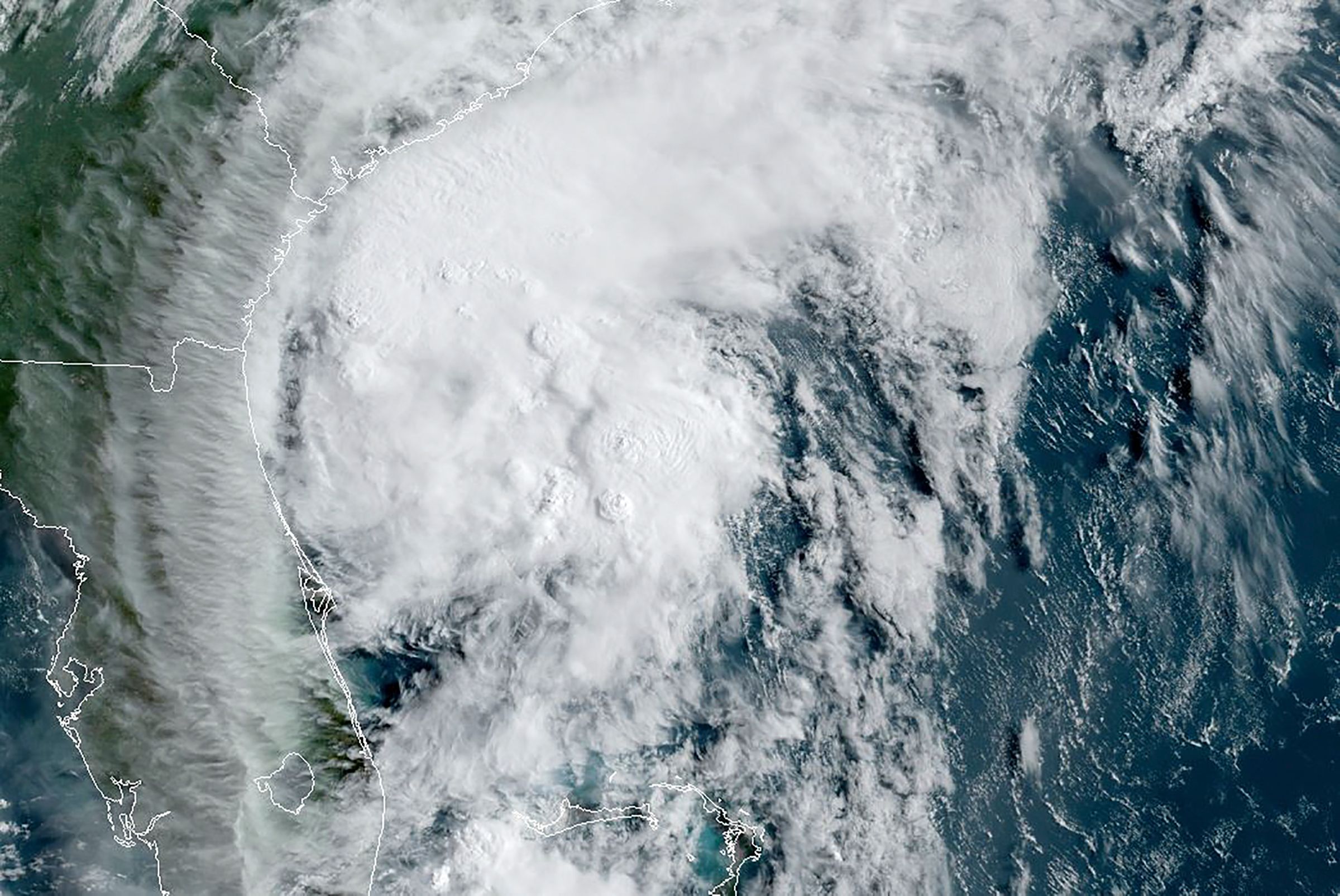Atlantic hurricane season may go from bad to worse with La Nina odds up
Sign up now: Get ST's newsletters delivered to your inbox

Tropical storm Isaias off the US southeast coast in the Atlantic Ocean on Aug 3, 2020.
PHOTO: NOAA
Follow topic:
NEW YORK (BLOOMBERG) - Another sign the Atlantic hurricane season, already on a record pace, will become more frenetic when it reaches its peak in a few weeks is all but locked into place across the Pacific.
The odds the equatorial Pacific will remain neutral, or even spin up a La Nina, have risen in the last month, the US Climate Prediction Center said.
In either state, the weather patterns over the Pacific actually decrease hurricane-killing wind shear across the Atlantic, allowing more storms to form and strengthen.
If a La Nina were to form, its impacts would extend far beyond the hurricane season, however. When the surface of the Pacific cools, it creates a reaction in the atmosphere that alters weather patterns around the world.
La Nina can dry out the southern US through winter, bringing cooler temperatures and storms across the north. In South America, croplands in Argentina can become more arid, while heavier rains are possible across parts of Brazil. Australia and Indonesia can also experience flooding.
"We're continuing the La Nina watch this month," said Michelle L'Heureux, meteorologist with the US Climate Prediction Center.
"The chances of La Nina this coming fall have nudged slightly upward thanks to some recent cooling we've seen in the subsurface and surface ocean."
The odds of a La Nina forming from September to November have risen to 59 per cent from 54 per cent a month ago.
The Atlantic has already summoned up nine storms, which is the earliest the tally has reached that level in records going back to 1851.
There is a potential 10th storm building in the deep Atlantic between the Caribbean and Africa. The season doesn't start to reach its most active phase until Aug 20.
Last week, both the US National Oceanic and Atmospheric Administration and Colorado State University upped their overall season forecasts for the six-month season that ends Nov 30.
NOAA said as many as 25 storms could form, while Colorado has called for 24, which would be the highest numbers since 2005's record 28, which included Hurricane Katrina.
Warm water across the Atlantic, plus the cooler surface of the equatorial Pacific factored into the increase in storms.

